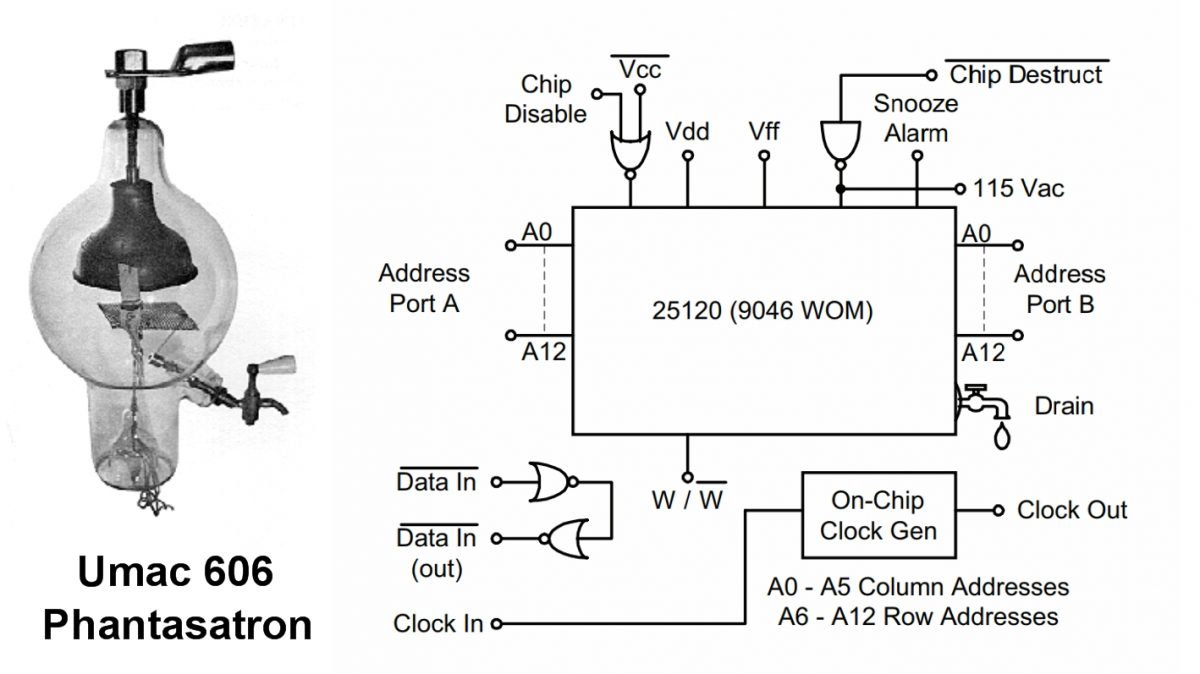After over a year of development and iterating with everyone it is time to share the Shiny R-Language application that makes Aplos useful to everyone, no matter how accounting savvy they are.
Aplos is an amazing tool but it is complicated. Just moving everyone up to the complexities of Fund Accounting is a huge jump. Getting everyone to understand the complex, yet limited, Aplos reports was too much. So, a simplified, integrated tool was needed.
The “Aplos Details” tool does a couple things; the most important is that it reduces the fund accounting world to checkbook-like report – a simple list of transactions by date with a running balance. What a difference this has made!
The next most important thing this tool does is give all the users access to their contacts. Aplos exposes all contacts to all accounts to everyone all the time. This is obviously not proper, and perhaps not legal. Therefore, the “Aplos Details” tool is vital for users anywhere data sharing laws or standards are in force. Without the tool there is no way that users could get access to their donor information.
Finally, the tool combines contact and transaction information to produce an old-style report that shows donor giving information over time to allow everyone to see how a donor has given in the past. This report has been part of typical donor management tools for decades. It’s a bit of a mystery why Aplos doesn’t include this as a standard report .
Additionally, the “Aplos Details” tool has some administrative features built in that allows us administrators to manage donation “sets” rather than individual Aplos transactions. This is really helpful when notes have to be added to the record or donation sets moved between funds. Further, managing donation sets allows the tool to run several quality assurance tests on the financial database ensuring simple mistakes are not made accidentally.
Behind the scenes this application uses just about everything we can get out of Aplos. API’s are interrogated, standard Aplos reports are digested, uploaded, downloaded, and converted to and from XLSX files, and our accounting information is combined in useful ways that Aplos never envisioned.

